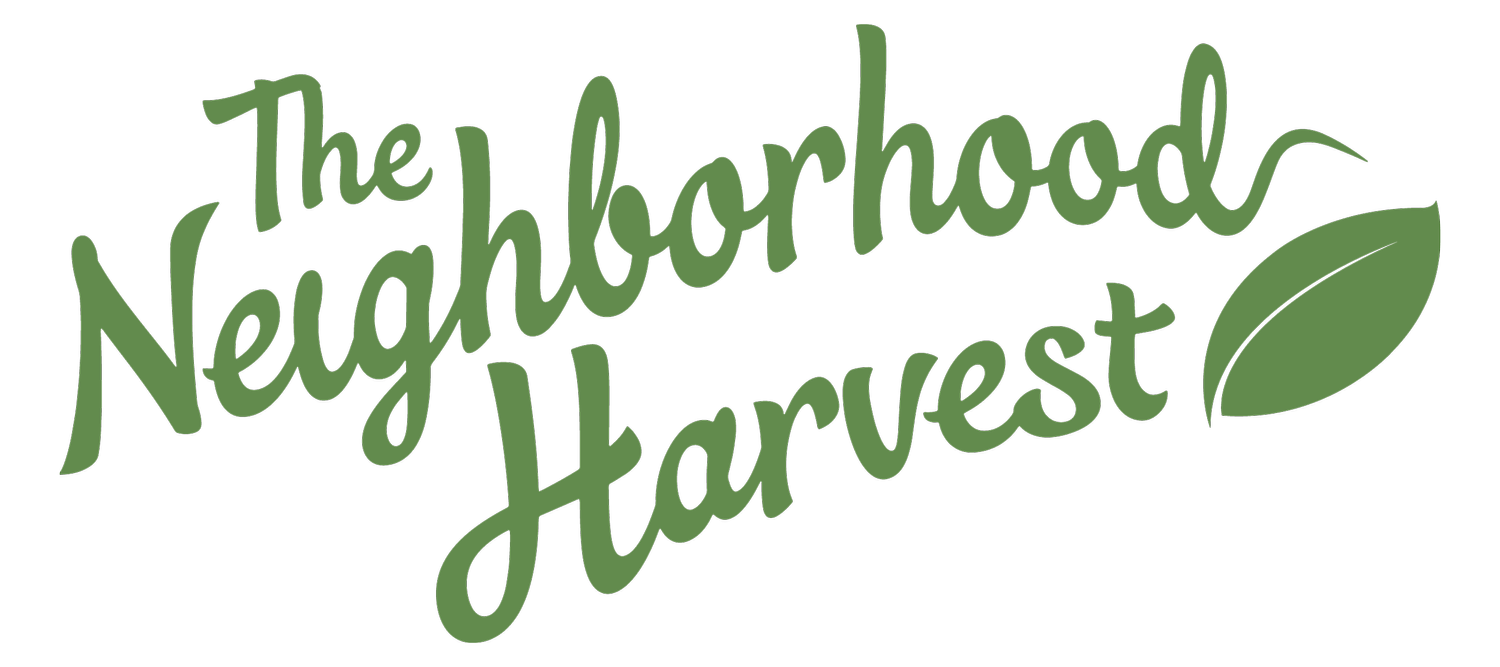How to Eat Healthy, Part One: Protein Intake
By Sandra Porter Leon, MS, RDN
From hair to hormones, we know that protein is an essential nutrient necessary for growth and maintenance, but how much protein do you really need? Are you getting enough or too much protein in your diet? And are plant or animal sources equally nutritious? Well, let’s address some common questions about protein and debunk a few myths!
How much protein does your body need?
It depends! Protein is not a ‘one size fits all’ need, but is based on your individual weight, age, and activity level. To determine your baseline protein “RDA” or Recommended Dietary Allowance, multiply the number 0.36 by your weight.
Body weight in pounds x .36 = baseline protein grams needed
Example: 150 lbs x .36 = 54 protein grams
So, if you are a sedentary 150-pound male or female, you should eat approximately 54 grams of protein per day. Most Americans meet their basic protein needs; however, current research indicates that you may need to DOUBLE your protein intake if you are:
working out 45 minutes or more for at least 5 days per week. The extra amino acids or protein building blocks maintain muscle integrity and maximize your body’s muscle repair.
trying to shed a few extra pounds. If you are watching your weight, include protein with every meal to help you feel fuller, stave off hunger, and reduce fluctuations in your blood sugar.
losing muscle mass. If you are over 50, you may lose 10-15% of your muscle power every decade! Higher protein intake, in combination with resistance training, will slow muscle loss and help prevent age-related declines in health and physical functioning.
How do grams of protein translate into real food?
From breakfast to bedtime, most health professionals agree that you can easily absorb your daily protein recommendation, simply by choosing proteins from a variety of animal and plant sources like lean meats, fish, yogurt, eggs, beans, nuts, and seeds. Even vegetables like brussel sprouts and asparagus have protein!
Because animal sources are “complete” proteins and contain all the essential and non-essential amino acids, the body can easily access these building blocks to make cells. Just a 4-ounce piece of grass-fed sirloin (size of a deck of cards) provides nearly half the protein for the sedentary individual mentioned above. But remember moderation, since our bodies tend to utilize only 20-35 grams of protein per meal - the remainder will be used for energy, wasted, or even converted to fat! Here are a variety of foods with varying levels of protein:
4 ounces chicken, salmon, beef = 30 g
½ cup pumpkin seeds = 21 g
1 cup lentils = 18 g
1 cup of TNH vegan chili = 10 g
½ cup TNH hummus = 9 g
1 egg = 6 g
1 cup of asparagus = 4 g
Can vegans get enough protein?
Although many plant-based proteins may be “incomplete” without a few of the essential amino acids found in animal-based proteins, planning ahead and eating a combination of high-quality plant protein throughout the day ensures a variety of amino acids to meet your needs. Vegans can get enough protein in their diet by eating plant sources with good quality proteins like soybeans, lentils, legumes, nuts, and seeds.
Our vegan chili with pumpkin seeds or vegan hash with soy protein are good examples of complete proteins. Another vegan favorite is our smoothies with chia seeds and hemp hearts in combination with a nut milk. Hummus and crackers are also a great high protein snack!
Is soy protein safe to eat if I have a history of breast cancer?
Yes, soy proteins are safe to eat. These proteins, like edamame beans and tofu, contain the phytochemical isoflavone which weakly mimics the effect of the hormone estrogen. Once a concern, the American Cancer Society now advises that a moderate intake of soy foods may be beneficial, lowering the risk of breast and prostate cancer, as well as heart disease, type 2 diabetes, and osteoporosis.
Do you need to consume protein right after a vigorous workout to build muscle?
According to sports nutritionist Nancy Clark, “the easiest way to recover properly is to eat a balanced meal after you work out (not just a snack) within an hour or so after you exercise.” If you work out in the morning, eat breakfast afterwards. Examples may be an apple with peanut butter and yogurt, a hard-boiled egg with cheese toast, or one of our delicious smoothies in a travel mug for a quick recovery.
Weightlifters, continues Clark, do not need a large amounts of recovery protein; in fact, as mentioned above, the body only uses about 20 to 35 g protein at one time to build muscle.
What do you think of protein bars and protein powder?
Always try to eat whole foods first, but when that option is not available and you need a protein boost, protein bars and powder may be a good choice. Canyon Ranch Dietitian Stephanie Miezen recommends the RXBAR and Talty bar, both with cleaner ingredients that contain 12 grams of protein, less than 13 grams of sugar, and at least 3 grams of fiber. As far as protein powders, Epic Protein stands out because of their third-party labs which test for heavy metals and other contaminants that, believe or not, are found in nearly 1/3 of other protein powders.
When I am short on time after a workout, I love adding a tablespoon of Epic vanilla protein powder to our Green Goodness Smoothie for a healthy high-protein breakfast loaded with healthy fruits and veggies. Easy!
Please email me with any questions or comments about protein, or any other nutrition questions.
